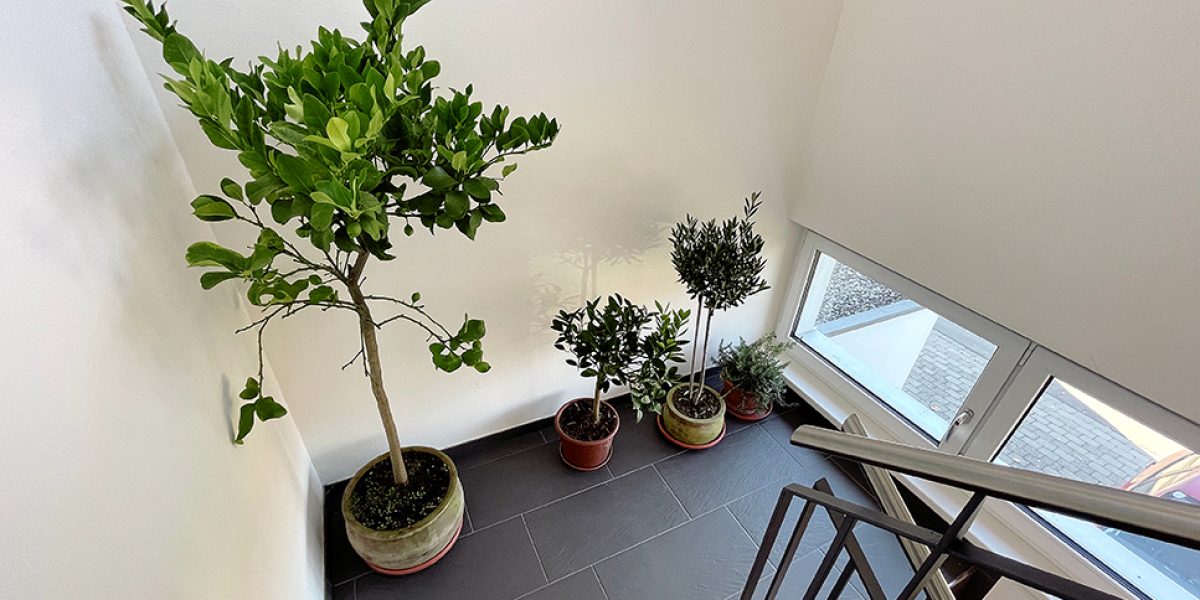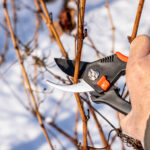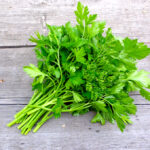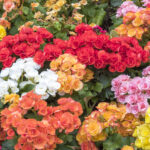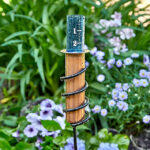Lessen the blow of having to say goodbye to another summer by bringing some of your favorite plants inside for the winter season. Many of the plants you spent months looking after and doting over can make the transition from outdoors to indoors if you plan ahead.
Follow this plan
Observe the weather
Look ahead in the forecast for drops in temperature and potential first frosts. You’ll want to move your plants indoors once nighttime temps dip below 50°F. Exposure to colder temperatures can stress your plants out and cause damage before they make it indoors, making the transition even more challenging.
Acclimate your plants
Easing them into a lower light condition. Start by placing your plants in a shadier location outside a few weeks before the first frost. This will help them adjust to lower light levels without going into complete shock. If any pruning or trimming is needed, best to do it now as well.
Inspect for bugs
Look your plants over for common pests that reside on both the tops and undersides of the leaves. Don’t forget the stems too! Remove any lingering insects with a spray of insecticidal soap. (Neem oil is an option as well but check the label to be sure it is the right product for what you’re trying to accomplish.) You can also use a strong spray of water or dunk them for a good rinsing prior to moving indoors.
Find the right spot
The best spot for your plants will have bright, indirect light to keep them happy through the winter months. Depending on your setup, you may need to provide supplemental lighting as the days become shorter. Luckily, there are many options for indoor plant lighting available locally or online.
Keep an eye on the humidity
With the heat running, you may need to do some misting or put your plants on humidity trays. Watch out for drafts too! You should reduce watering once you’ve moved everyone inside. Check soil moisture before watering to avoid over doing it. Your plants are resting and don’t need quite as much water to stay alive.
DOn't over fertilize
You may even get away without feeding at all.
Watch out for signs of stress
It's normal for a few leaves to fall off but curling and yellowing may require some attention. A few pests may have made it indoors so be sure to regularly inspect leaves and stems for insects. Staying on top of pests and other issues will keep your plants happy and healthy and before you know it, it'll time to head back outside!

